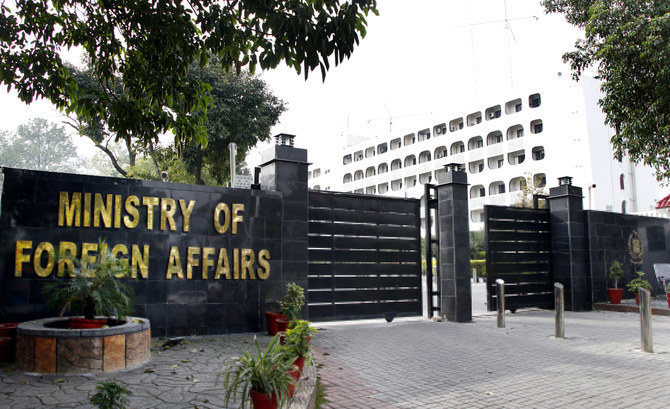Ramzan Sheikh
The importance of happiness among workers in organizations cannot be overstated. When employees are happy and content, they are more likely to be motivated, productive, and engaged in their work. A positive work environment where happiness thrives fosters a sense of fulfillment and satisfaction, leading to increased creativity, better problem-solving skills, and higher job performance. Additionally, happy employees tend to exhibit better teamwork, communication, and cooperation, thereby enhancing the overall synergy within the organization. Furthermore, a culture that prioritizes employee happiness is instrumental in reducing turnover rates, attracting top talent, and maintaining a positive reputation in the industry. Ultimately, valuing and nurturing employee happiness leads to a more successful, vibrant, and sustainable organization.
Despondency has become an omnipresent specter, casting its shadow over individuals and societies alike. As William Blake’s poem “London” vividly captures the pervasive sorrow and suffering around us, it prompts introspection into the environment we have created for ourselves. While it’s undeniable that unhappiness abounds, it’s equally true that pockets of happiness exist, awaiting discovery. The lens through which we perceive the world plays a pivotal role in shaping our experiences; a positive mindset not only has the potential to reveal the inherent goodness that coexists with the challenges we face, but also to illuminate the potential for happiness to thrive even in the face of adversity.
Pl, subscribe to the YouTube channel of republicpolicy.com
The global landscape of happiness presents a stark contrast, with some countries consistently ranking among the happiest while others are conspicuously absent from this list. Initiatives such as the UAE’s National Programme for Happiness and Wellbeing underscore the significance of integrating happiness into policies and communal lifestyles, offering a potential blueprint for other nations. Viewing happiness as a collective endeavor is crucial, extending from societal well-being to the organization level, where a culture of happiness is instrumental in fostering a contented and engaged workforce.
The pursuit of happiness intertwines with individual progress and organizational recognition, underpinning the concept of organizational wellness. Genuine happiness transcends external circumstances, rooted in contentment and a balanced perspective that mitigates the corrosive effects of envy and unhealthy competition. The malleable nature of happiness, stemming from a blend of internal emotions and external stimuli, underscores its status as a choice that individuals must consciously embrace.
In the organizational context, leaders bear the responsibility of cultivating a culture where happiness is not just acknowledged but actively nurtured. Recognizing the intrinsic link between individual happiness, productivity, and overall growth, leaders must embody the traits they seek to instill in their teams. Proactively addressing signs of employee disengagement and prioritizing a harmonious working environment stands as pivotal responsibilities for leaders and human resources personnel alike, empowering them to make a significant impact on the well-being of their teams.
Ultimately, the quest for happiness transcends mere rhetoric, necessitating tangible actions and a genuine commitment to fostering a culture that prioritizes well-being. Embracing gratitude and aligning leadership behaviors with the ethos of happiness emerges as essential components in nurturing a truly happy and engaged workforce. This call to action should inspire and motivate leaders, policymakers, and individuals to take concrete steps towards fostering well-being in their respective spheres.














